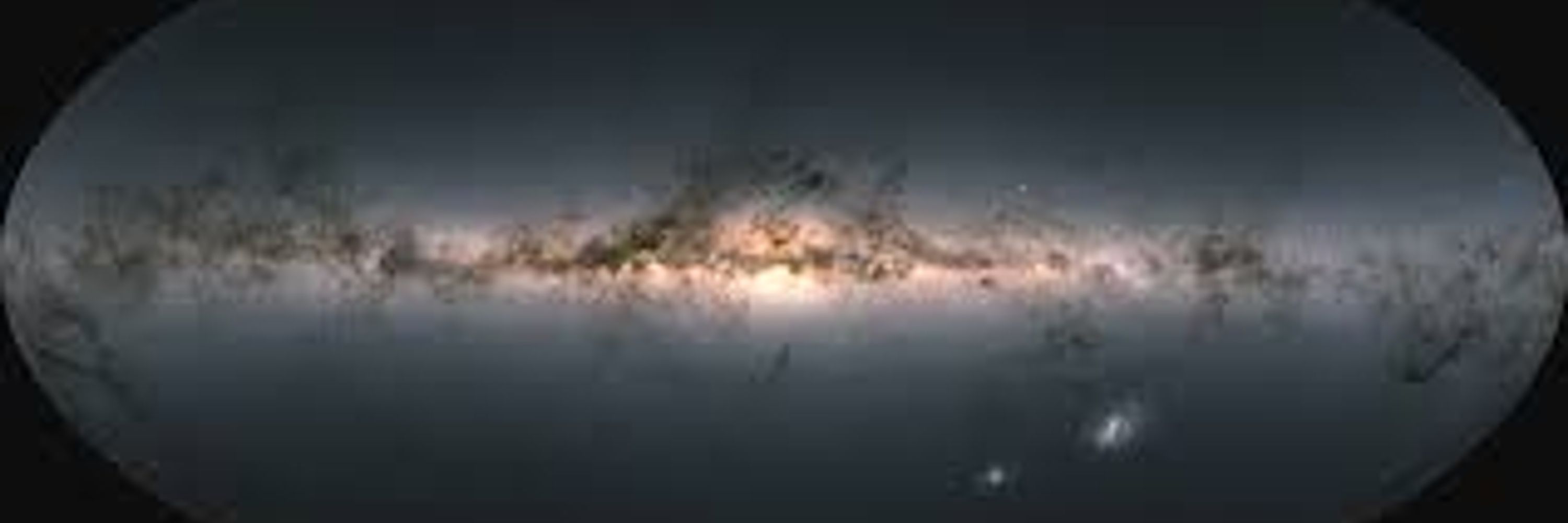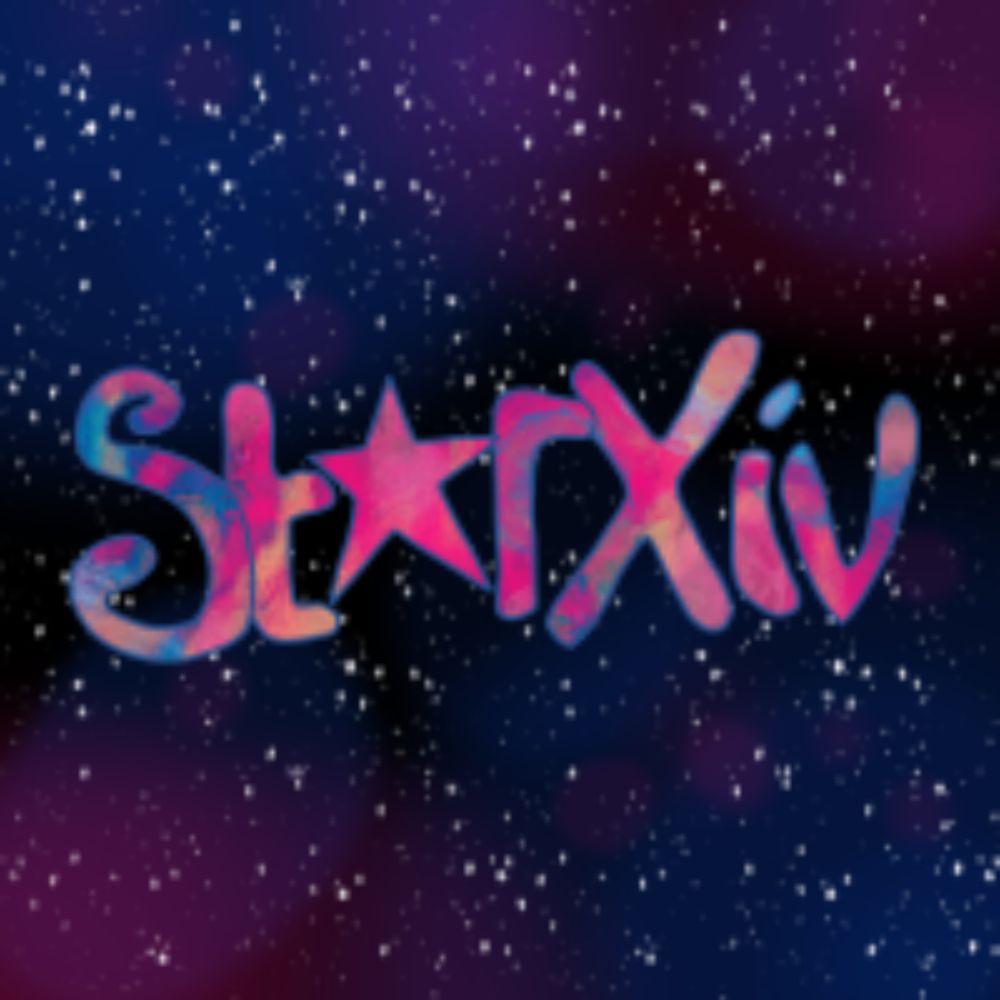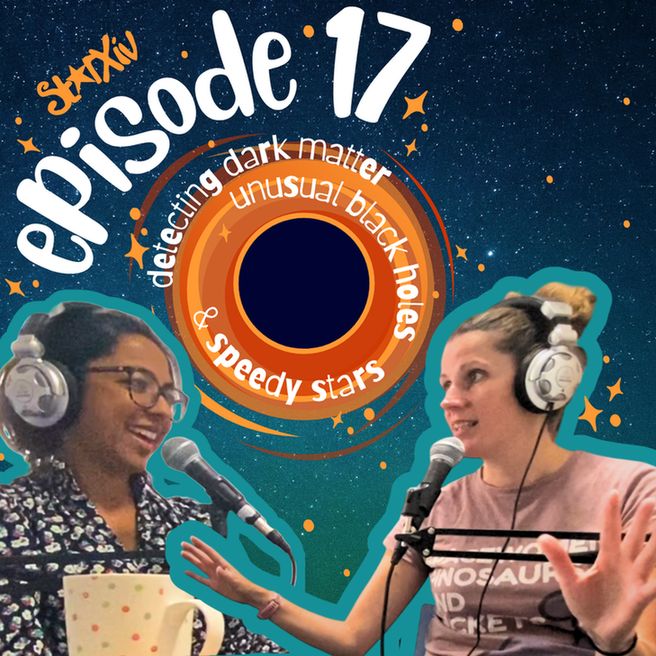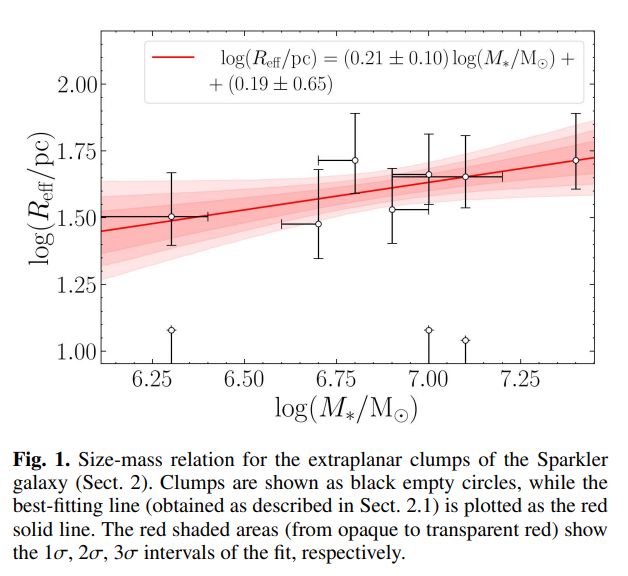
Payel Das
@payeldas.bsky.social
220 followers
81 following
73 posts
Surrey astrophysicist. Understanding the formation history of our Milky Way through dynamics and chemistry. Talk about papers on the Starxiv.
Posts
Media
Videos
Starter Packs
Episode 22 – ORCs, rings, and Galactic histories
In this episode, Payel and Nicole discuss what happens to the metallicity gradient of a satellite galaxy after merging, the existence of intermediate-age RR lyrae and radio rings, and much more! Have a listen at starxiv.com/2025/10/13/e....
In this episode, Payel and Nicole discuss what happens to the metallicity gradient of a satellite galaxy after merging, the existence of intermediate-age RR lyrae and radio rings, and much more! Have a listen at starxiv.com/2025/10/13/e....

Episode 22 – ORCs, rings, and Galactic histories
In this episode, Payel and Nicole discuss what happens to the metallicity gradient of a satellite galaxy after it merges with its host, the existence of intermediate-age RR lyrae and radio rings, t…
starxiv.com
Payel Das
@payeldas.bsky.social
· Sep 8
Episode 19 – Peering into the Local Universe, distant blackholes, forming planets and alien signatures
In this episode, Michelle and Payel explore the chemistry of nearby M-dwarf stars and the formation of giant planets at significant distances from their hosts. They discuss supermassive black…
In this episode, Michelle and Payel explore the chemistry of nearby M-dwarf stars and the formation of giant planets at significant distances from their hosts. They discuss supermassive black…
Episode 19 – Peering into the Local Universe, distant blackholes, forming planets and alien signatures
In this episode, Michelle and Payel explore the chemistry of nearby M-dwarf stars and the formation of giant planets at significant distances from their hosts. They discuss supermassive black holes and the search for alien technosignatures. Relevant research papers discussed are also highlighted for further reading.
starxiv.com
Payel Das
@payeldas.bsky.social
· Aug 15
Episode 17 has dropped! Tune in to hear Payel & Michelle talk about about a dark matter subhalo detection, the problem(s) with super massive black holes, massive star clusters in the Sparkler, speedy white dwarfs and more! 🔭☄️ starxiv.com/2025/08/04/e...

Payel Das
@payeldas.bsky.social
· Aug 11
Episode 17 has dropped! Tune in to hear Payel & Michelle talk about about a dark matter subhalo detection, the problem(s) with super massive black holes, massive star clusters in the Sparkler, speedy white dwarfs and more! 🔭☄️ starxiv.com/2025/08/04/e...

Reposted by Payel Das
Payel Das
@payeldas.bsky.social
· Aug 5
In Payel's last paper, new simulations are run to trace the dynamic evolution of stellar clumps like in the Sparkler galaxy at z=1.4 using JWST, to see if their detected masses and dimensions can be reconciled with the considerably smaller values observed in Milky Way GCs.🔭☄️
arxiv.org/pdf/2507.13904
arxiv.org/pdf/2507.13904

Payel Das
@payeldas.bsky.social
· Aug 5
Can super massive stars with compact massive accretion disks form massive black hole seeds AND explain the observations of Little Red Dots? This paper claims they can! Michelle talks us through the details. 🔭☄️ arxiv.org/abs/2507.22014

Payel Das
@payeldas.bsky.social
· Aug 4
Episode 17 has dropped! Tune in to hear Payel & Michelle talk about about a dark matter subhalo detection, the problem(s) with super massive black holes, massive star clusters in the Sparkler, speedy white dwarfs and more! 🔭☄️ starxiv.com/2025/08/04/e...

Payel Das
@payeldas.bsky.social
· Jun 25
Considering a senior UK fellowship (ERF, URF)? We have a great group at Surrey and our internal deadline for the ERF is July 8th. We are looking for a light-touch application: CV and 1 page research statement. I'm the contact person, so send questions/material to me
www.ukri.org/what-we-do/d... 🔭
www.ukri.org/what-we-do/d... 🔭

Ernest Rutherford Fellowships
Ernest Rutherford Fellowships (ERF) enables early career researchers with clear leadership potential to establish a strong, independent research programme. They encourage talented researchers in UK un...
www.ukri.org
Payel Das
@payeldas.bsky.social
· Jun 24
Nicole’s last paper looked at what kind of IMF can explain the early metal-rich galaxies seen by JWST. Turns out you need stars ≥200 M☉ to match the cosmic SFRD and MZSFR at z ≈ 4–10. The best model also needs weak outflows and compact galaxies! 🔭
arxiv.org/abs/2506.06139
arxiv.org/abs/2506.06139

Payel Das
@payeldas.bsky.social
· Jun 24
Payel's favourite paper this episode was a beauty! A serendipitous discovery of the "cosmic owl" - a twin collisional ring galaxy system that looks like an owl in projection. An incredibly rare configuration with evidence for shock-induced star formation!
arxiv.org/abs/2506.10058 🔭
arxiv.org/abs/2506.10058 🔭

Payel Das
@payeldas.bsky.social
· Jun 24
Nicole’s next paper talked about a new way to probe the high-mass end of the IMF: the ‘hex ratio’ — Hydrostatic-to-EXplosive α-elements. At fixed metallicity, a higher hex ratio means more massive stars → top-heavy IMF. Lower hex ratio? A more top-light IMF. 🔭
arxiv.org/abs/2506.08079
arxiv.org/abs/2506.08079
![Median values of the hydrostatic 𝛼-elements (namely,([Mg/Fe]+[O/Fe])/2) on the left, the explosive 𝛼-elements (namely, ([Si/Fe]+[Ca/Fe]+[Ti/Fe])/3) in the middle, and the hex ratio ([𝛼hyd/Fe]−[𝛼exp/Fe]) on the right as a function of median [Fe/H] for (first population) globular cluster stars (red circles), halo substructures (purple squares), and Milky Way satellite galaxies (yellow upside-down triangles); the running median and [16,84]th percentile range for the Galactic high-/low-𝛼 discs are also shown as dashed/dotted lines, respectively. Overall, GCs and halo substructures occupy a similar locus in all of these diagrams, which sits above the dwarf satellite galaxy sample. The difference in the hex ratio between the GCs and halo substructures with respect to the dwarf galaxies—at fixed[Fe/H]—is on the order of ≈ 0.1 dex. This implies that dwarf galaxies likely formed from a more top-light IMF when compared to Galactic GCs and halo substructures. The error bars show the average standard error for each stellar population type.](https://cdn.bsky.app/img/feed_thumbnail/plain/did:plc:cugc4wn2mruqtvx7lm2kztiy/bafkreibonnb7lyv2kl4a3ulh7vpgbrbylfcyqsds5vma2s5dugzbf44mqi@jpeg)
Payel Das
@payeldas.bsky.social
· Jun 24
Payel then discussed a planetary system not too far away from our own where the two giant plants were directly imaged by JWST. They're very misaligned! Very different from our solar system where the planets are coplanar.
arxiv.org/abs/2506.09201 🔭
arxiv.org/abs/2506.09201 🔭

Payel Das
@payeldas.bsky.social
· Jun 5
Payel Das
@payeldas.bsky.social
· Jun 5
Payel Das
@payeldas.bsky.social
· May 30
Start the weekend the right way with a quick overview of some of the most exciting papers from astronomy arxiv over the last few weeks!
It's Monday, and we are back with another episode! This time, we discuss whetherLittle Red Dots can be explained via super Eddington accretions, how high redshift galaxies and globular clusters may be linked, claims of life on a distant world and galactic graveyards. 🔭 starxiv.com/2025/05/26/e...
Payel Das
@payeldas.bsky.social
· May 27
Michelle discussed the sup-Neptune world, K2-18b, which has been claimed to show a biosignature in its atmosphere, hinting at life! The paper she discusses delves into a joint analysis of multiple spectra that concludes that this claim is not supported by the data. arxiv.org/abs/2505.13407 🔭

Payel Das
@payeldas.bsky.social
· May 26
It's Monday, and we are back with another episode! This time, we discuss whetherLittle Red Dots can be explained via super Eddington accretions, how high redshift galaxies and globular clusters may be linked, claims of life on a distant world and galactic graveyards. 🔭 starxiv.com/2025/05/26/e...
starxiv.com
Payel Das
@payeldas.bsky.social
· May 20
This, from the conclusions, hit particularly close to home.

Payel Das
@payeldas.bsky.social
· May 13
It's now also finally on Spotify, Apple Podcasts and Amazon Music! Thanks for bearing with us with this slight glitch.






